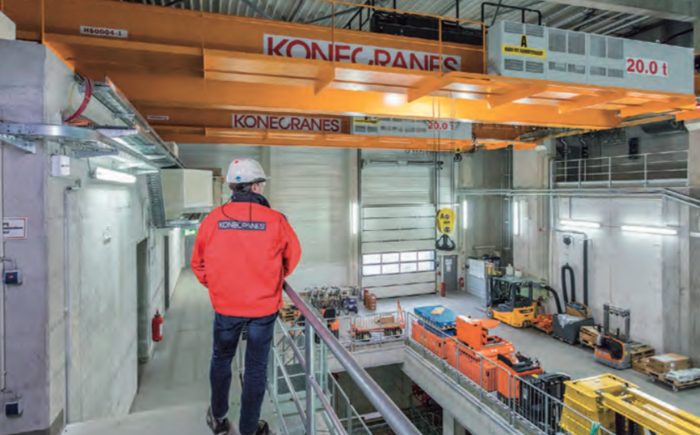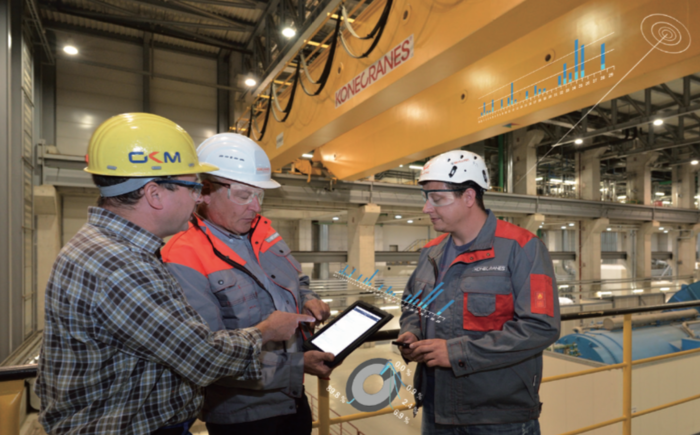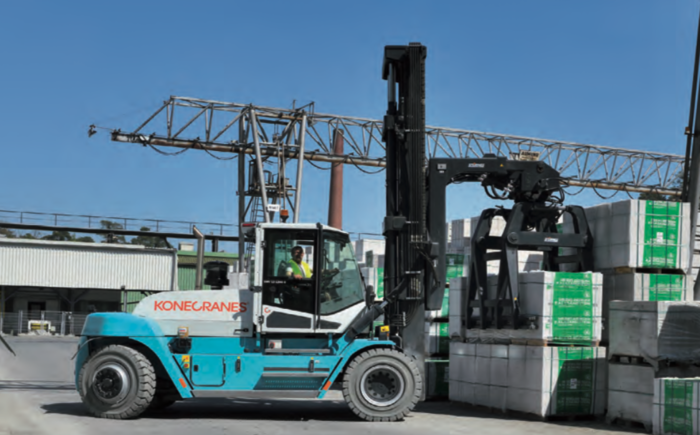Pre-internet assets lack the connectivity of newer pieces of equipment. These legacy devices, however, still have years of remaining value if they can be linked to the cloud, enabling their data to be analyzed and revealing actionable insights that could perhaps potentially transform business. Wael Elrifai, Sr. Director of Enterprise Solutions at Pentaho, offers insights on how older systems can be made to work with current ones, and talks about the human side of machine learning.
Businesses that have operated for a considerable amount of time will have accumulated several legacy systems over that period. While they have long life-spans, few of these machines will be immediately compatible with one another. The cost of replacing these pre-internet assets to facilitate communication could easily outweigh foreseeable production benefits. What steps must plant managers then take to combine AI capabilities with legacy infrastructure?
Wael Elrifai, Sr. Director of Enterprise Solutions at Pentaho, begins with this premise. “I usually like to remind people that we talk as though data was not generated in the past on these systems. Remember, however, that there’s a lot of robotics involved already, and these systems have sensors that have been producing data for decades. The truth of the matter is that systems such as PLCs (programmable logic controllers) and SCADA (Supervisory Control and Data Acquisition) have already been capturing that data. What you need to do now is to pull the data off those systems. Things like data integration tools are built for that,” he says.
According to Elrifai, predictive maintenance – a technology that drives value in modern manufacturing – isn’t new either. “The difference today is, because the cost of computing and the cost of storage have dramatically reduced, you can do more with it. It’s been a nice positive feedback cycle: Where you can capture more data, you can do more computing work – applied mathematics, machine learning and AI, among others. This then makes capturing data more valuable.”
Conversely, in situations where it’s entirely mechanical and no data or robotics are involved, he suggests looking for proxies for that data. Elrifai adds that while some retrofitting may be required, from his experience a lot of data is already there and is not being used, so it would be best to begin with that.
IIoT implementation across industries
Some industries are more advanced when it comes to IIoT implementation, while others lag. To convince traditional manufacturing companies of the economic benefits of AI investments, Elrifai offers the following examples.
“The ports industry is already using complex machine learning techniques. The most common one for logistics companies is simulated annealing, a method for schedule optimization that sees to it that cranes are doing the right thing at the right time, and containers are moved according to the right schedule.” Elrifai believes that for some container terminals, it’s mostly about the integration of the larger supply chain.
On the other hand, he recalls a visit to a steel factory that wanted to improve its efficiency. “A couple of times a day, they experienced a very specific kind of failure. This cost about 10 percent of their productivity, and in the steel industry that figure is enormous,” Elrifai explains. Furthermore, the way they knew there was a problem was rather unusual: The control room would start shaking.
While the company wanted to reduce this through predictive maintenance techniques, what they didn’t know was that they were capturing all this data already. Elrifai says like many other companies, this particular steel factory would only look at five, ten or 20 variables, the ones that were in their SCADA system.
“What they didn’t do is integrate this with thousands of other sources. The statistical techniques that factories are doing today are low-dimensionality ones,” he continues, adding that trying to convince groups to do more is a matter of explaining to them that it’s just an evolution of what they are already doing.
Where humans fit in
Another dimension to machine learning and AI is the human factor. As far as the supply chain is concerned, Elrifai is of this opinion. “If you are talking about supervised learning – just prediction, basically – oftentimes the baseline data that you use to train these systems is from humans. And you want these systems to evolve, because systems evolve, factories evolve,” he says. “I think humans are always going to be there, helping to state what the ground truth is. Or, at least for the foreseeable future, they will be doing that.”
In addition, Elrifai points out that in certain cases in factories, several different algorithms are voting whether something is going to fail or not, and a human expert is doing that as well.
“With these kinds of methods – ensembles, if you will – you end up with better outcomes. For instance, the machine by itself might produce 75% accuracy and the human on his or her own might produce 68% accuracy. When you put them together, you end up with greater performance, say 80% or 85%,” he states. “I think there’s still a lot of room for cooperation. I don’t think the algorithms are taking over just yet.”
How to solve new problems
Finally, Elrifai – with his background in data science – offers this essential piece of advice to companies that plan to connect legacy equipment to the IIoT. “The common problem people have with technology is that they search for problems. That makes no sense,” he emphasizes. His solution? Start with use cases.
“I think there’s a sense that this is extremely expensive to do. However, all you really are doing is putting up a basic data engineering or basic machine learning infrastructure – this is low-cost. There’s a lot of automation available now around machine learning,” states Elrifai. “In the data world, when you try to build models, about 80-90% of the effort that is put in is made up of data engineering, feature engineering, preparing data, filtering – all the easy stuff.”
Elrifai believes that a lot of the data prep for data engineering can be done in an automated fashion. “I don’t think people recognize that. They are trying to use old tools to solve new problems,” he concludes.
Wael Elrifai is an author and speaker. He works as Sr. Director of Enterprise Solutions at Pentaho, a data integration and business analytics company with an enterprise-class, open source-based platform for diverse big data deployments.









